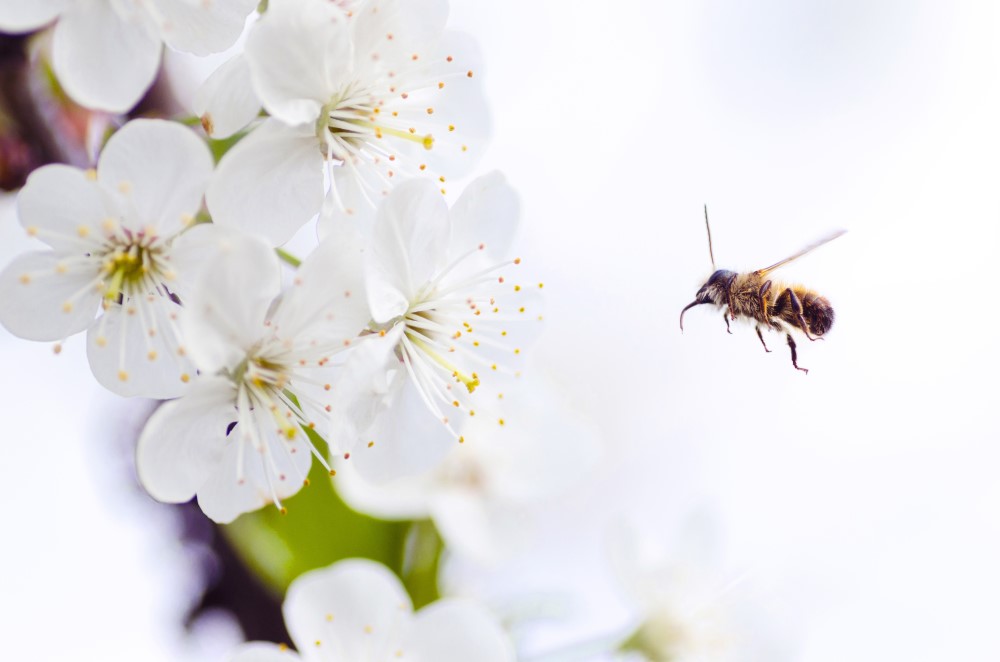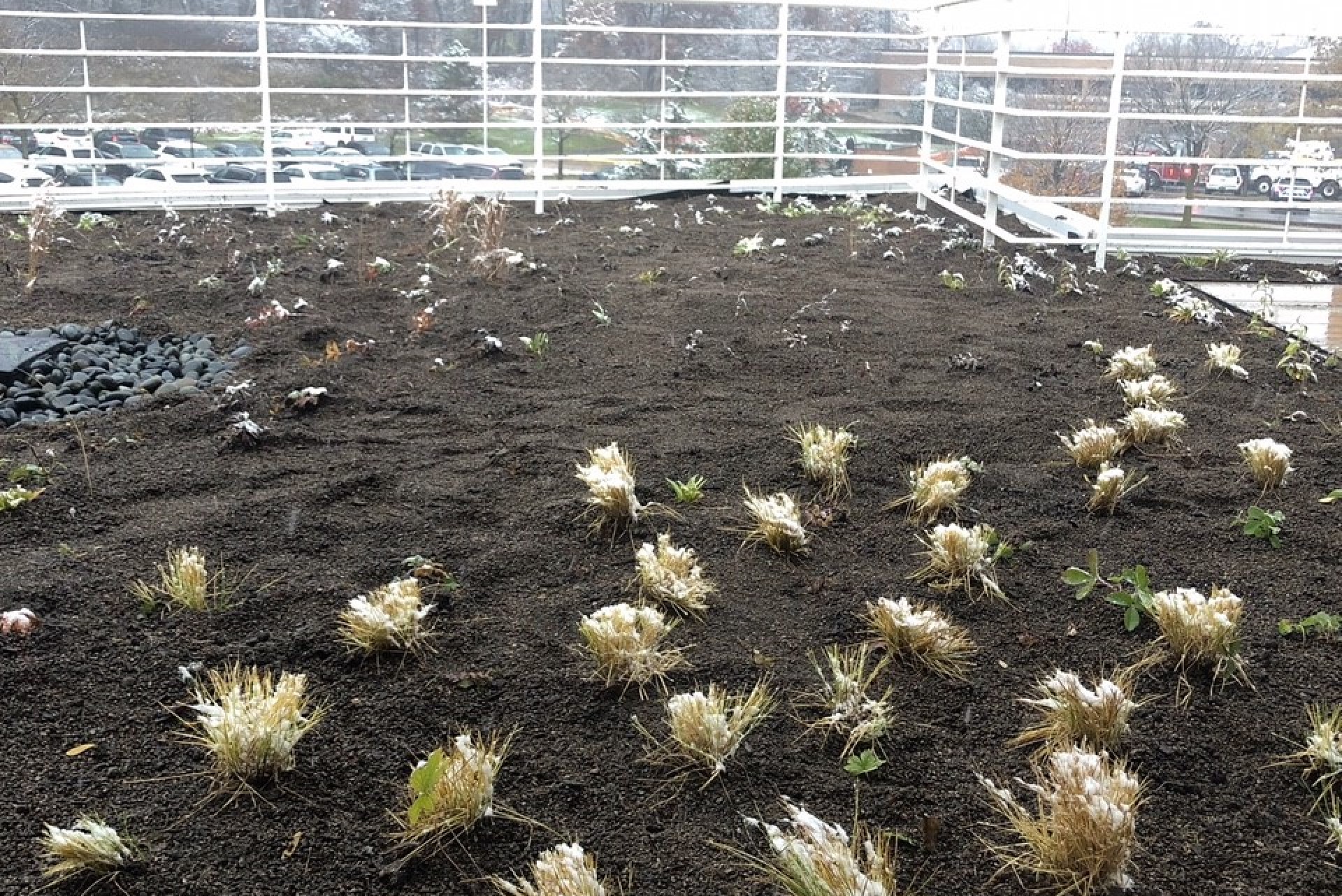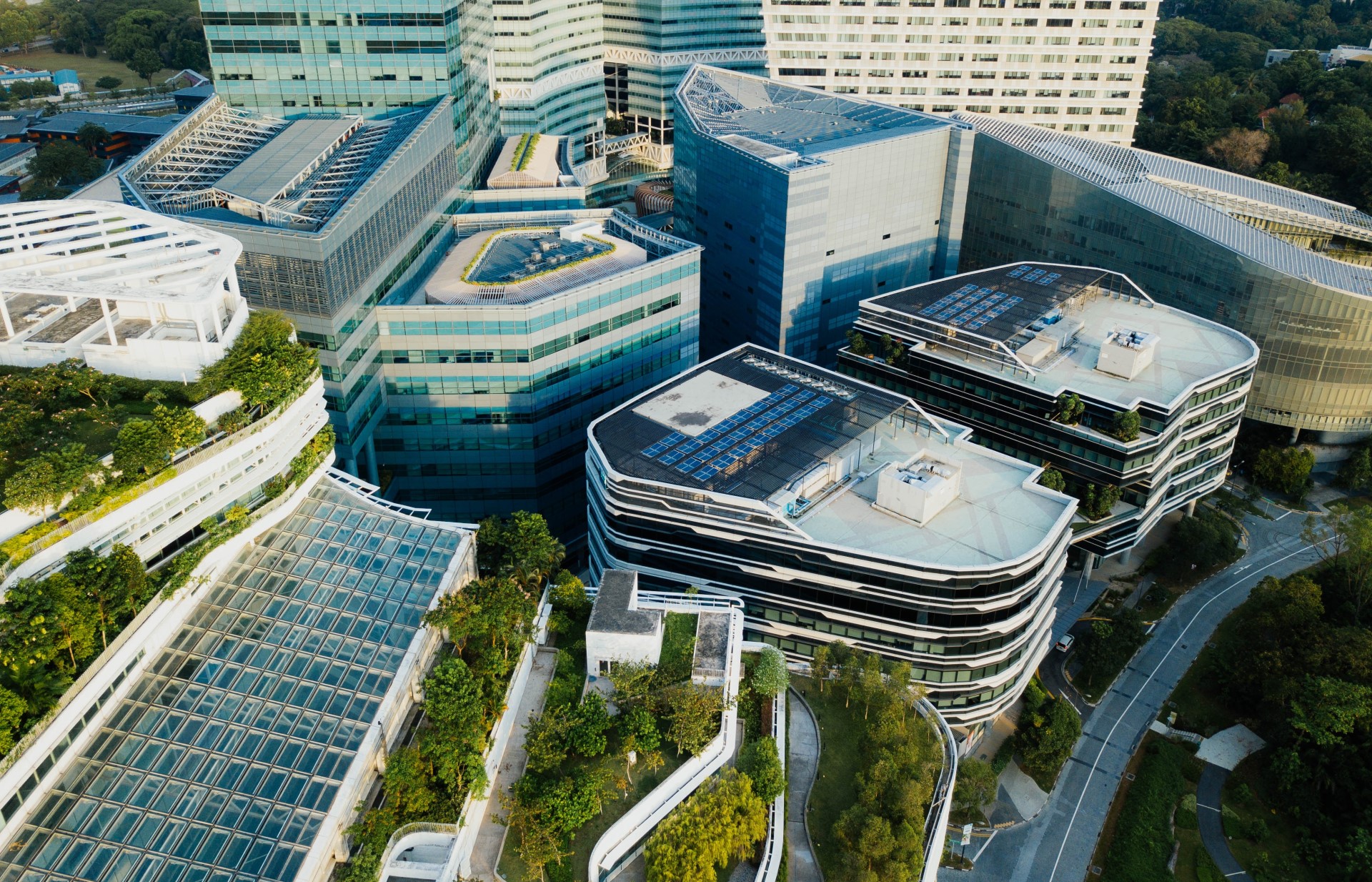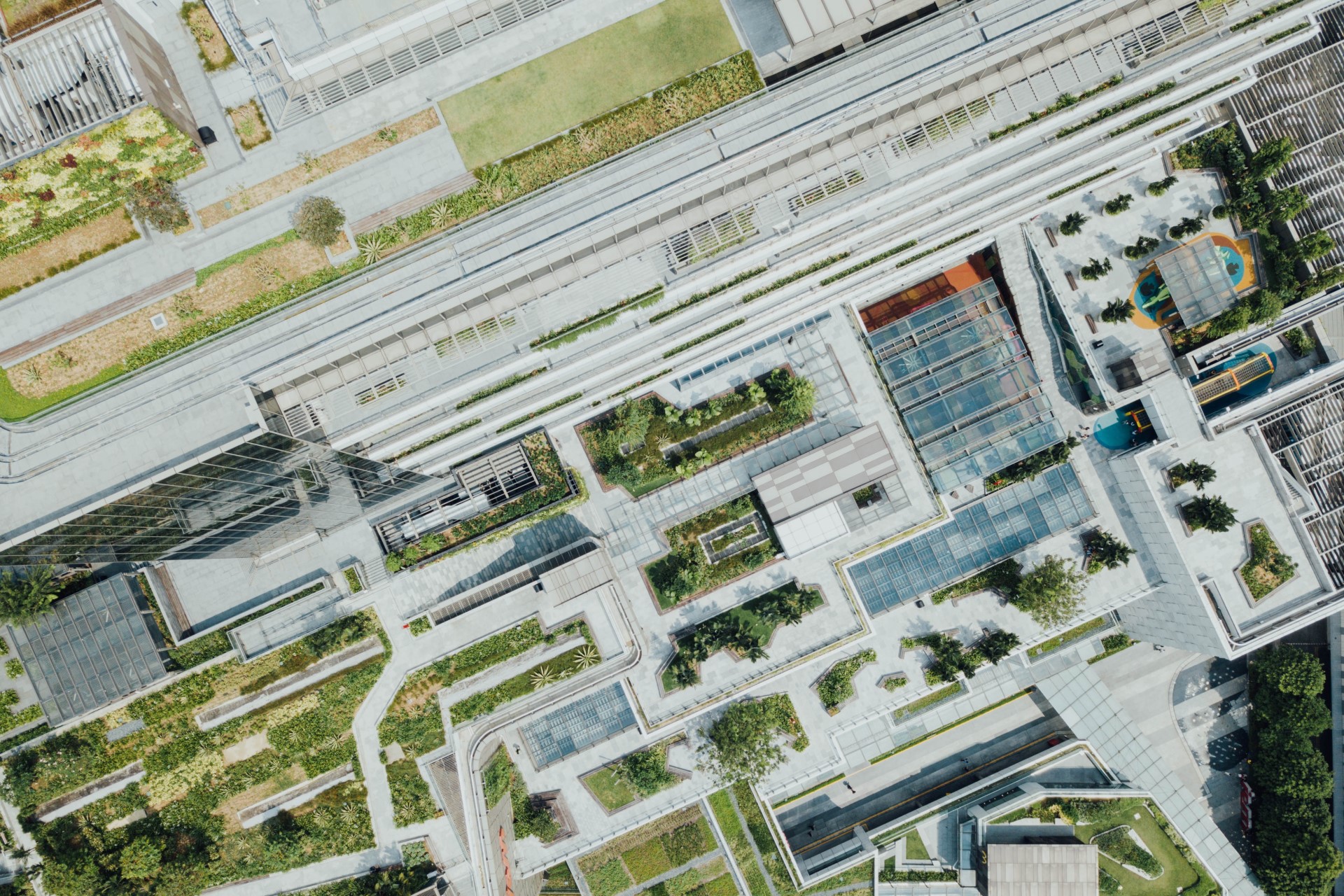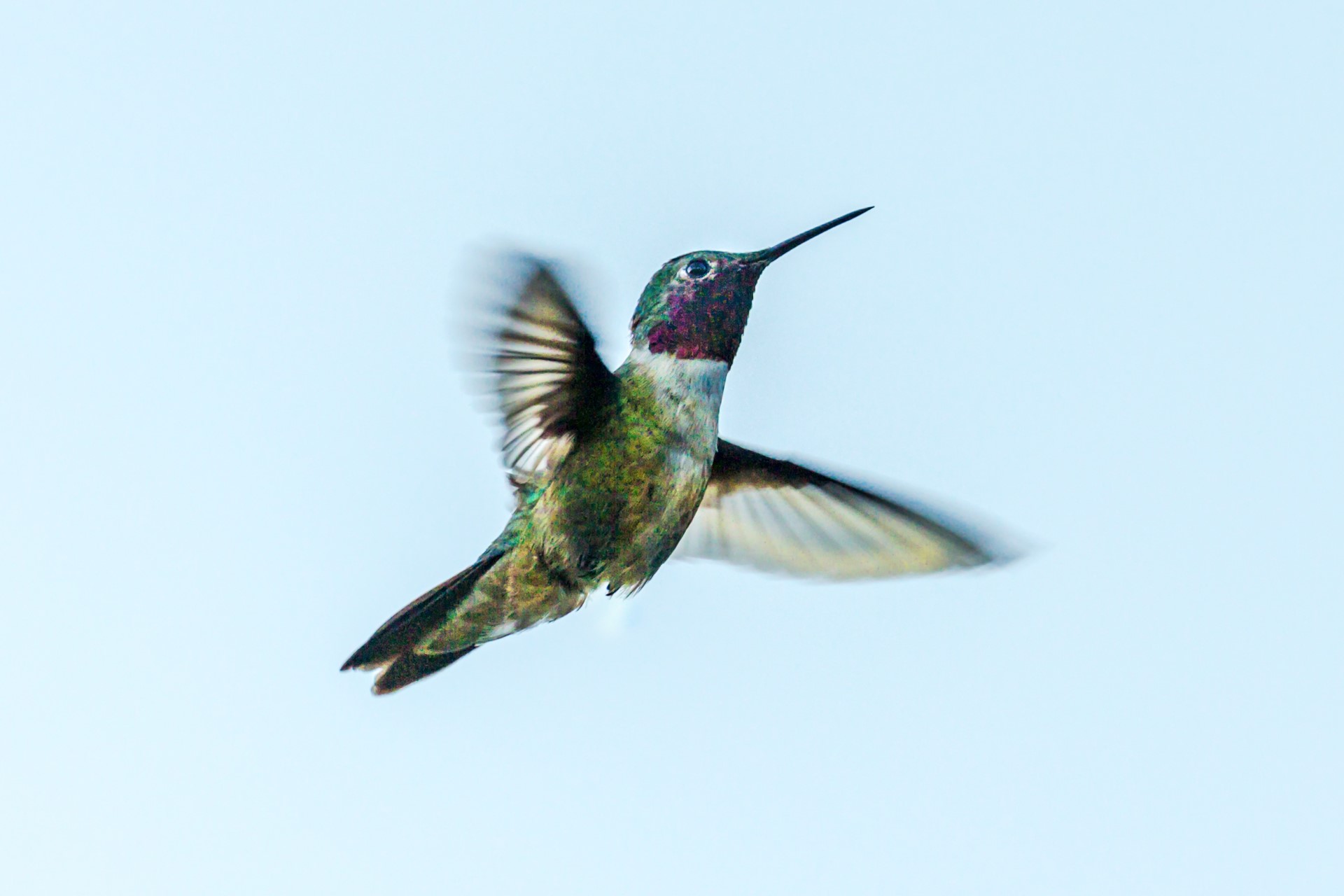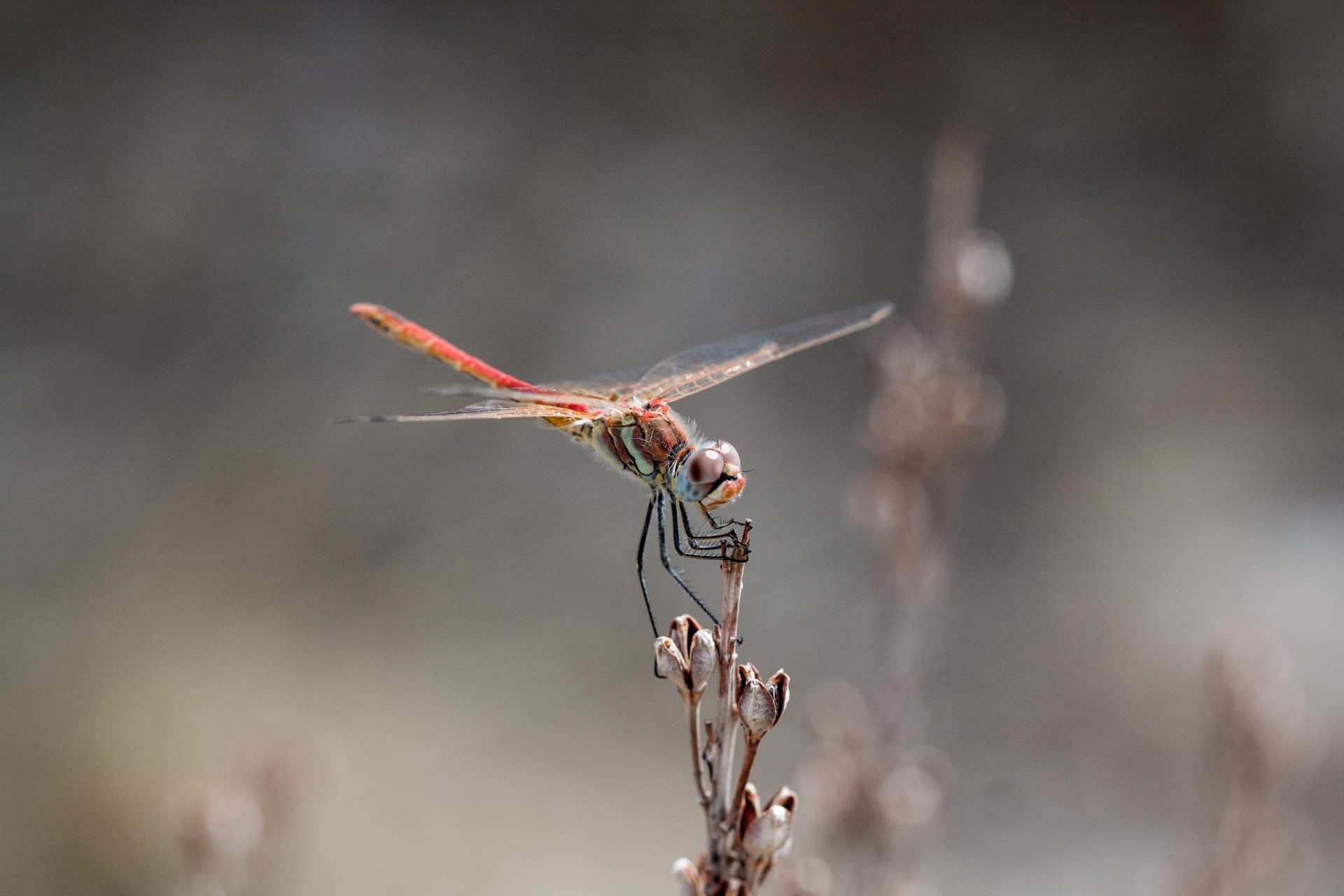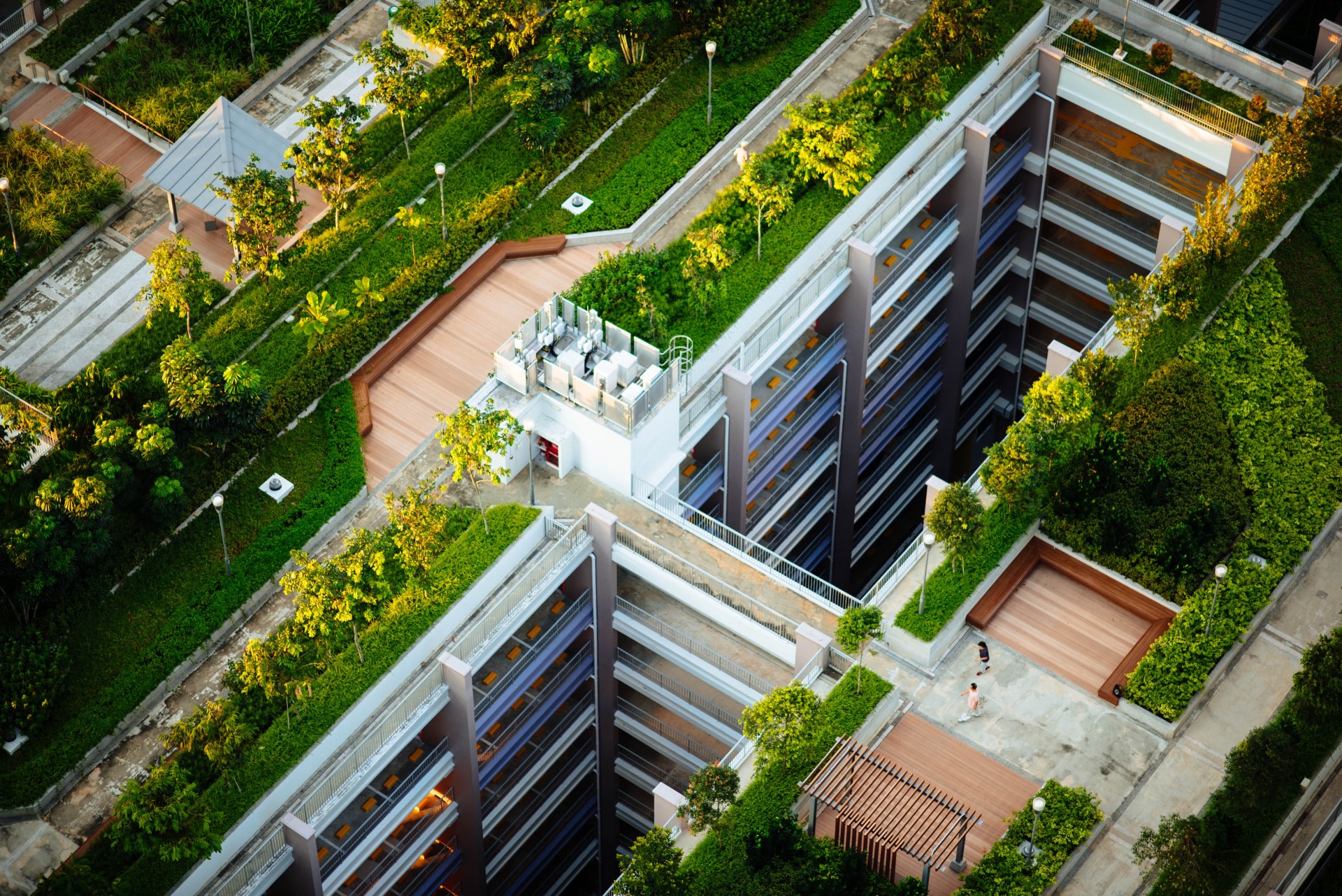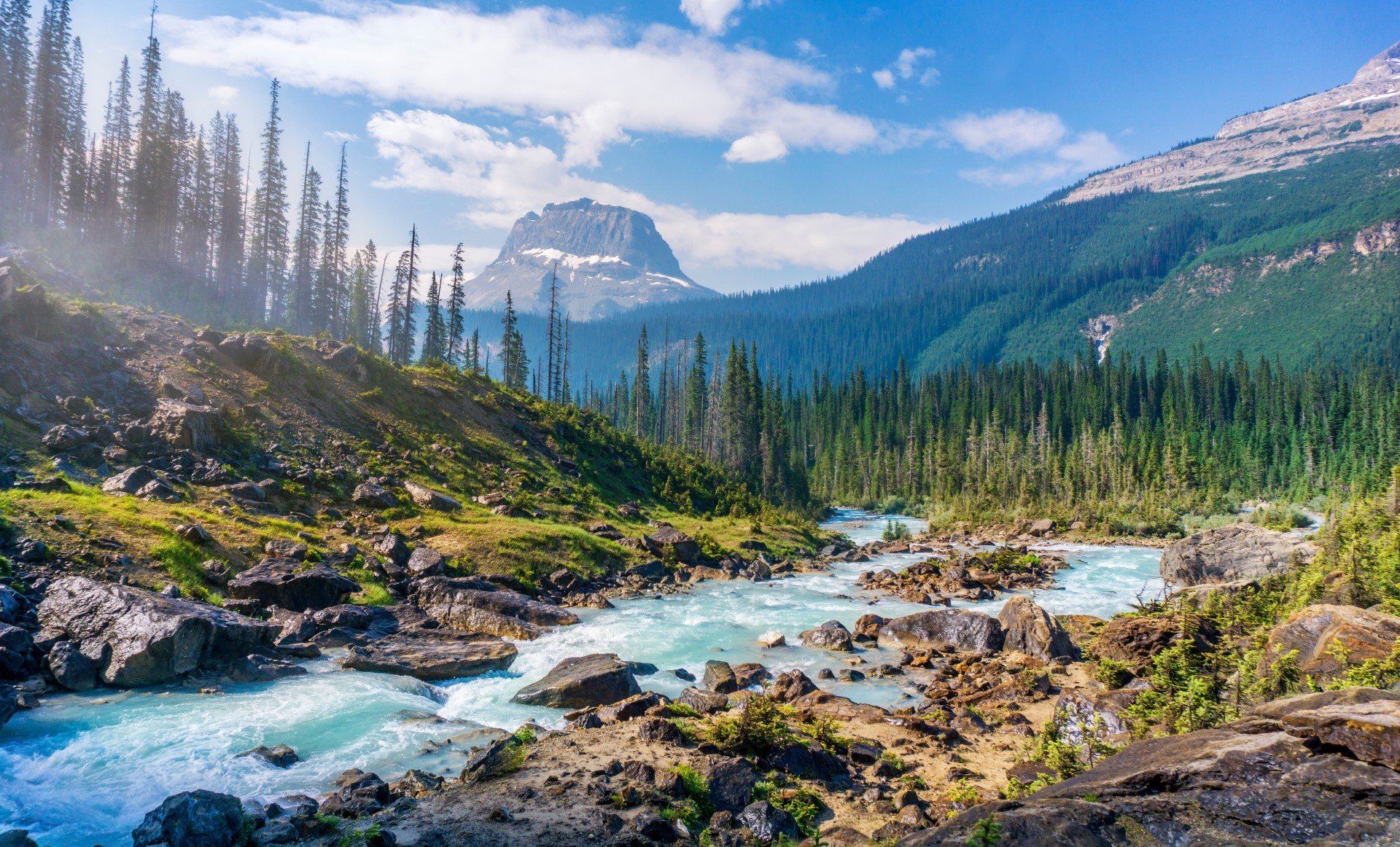Sustainability is a buzzword we hear a lot, but do we truly understand what’s needed to preserve the health of urban and rural areas? Our interview with Keith Bowers provides a look at how we can move beyond a simple idea of sustainability, toward a truly rich ecology across our nation and the globe.
(Download a PDF version of the report to share with friends and colleagues for free)
Since our earliest days, we have felt a divide between human habitation and the Wild – a vast unknown that, for much of human history, was populated with monsters and nightmares too frightening to comprehend.
We create light where once was darkness, water where formerly the desert reigned, high walls where saber-toothed cats stalked at will. Our singular goal has been to fulfill an evolutionary mandate to keep our own species safe at all costs, even if that means railroading the other organisms with whom we share this planet and destroying the resources upon which they depend.
Today, we’re waking up to the fact that … come to think of it … we depend on those resources too, and it would be a real bummer if they were gone by our children’s or grandchildren’s generation. Even without such a strong motivator, preserving the Earth for its other inhabitants is, we can agree, the right thing to do.
Luckily for the rest of the human race, some forward thinkers spotted this issue years back. They have spent decades fighting against the negative impacts of profligacy and shortsighted development trends, and setting better ones in place.
Ecology has proven one of the most fruitful of these fields. Its sturdy relationship with other buzzwords – sustainability, resiliency, environmentalism – points to its importance, yet others might say it confuses the issue as well.
Keith Bowers is one of the latter.

